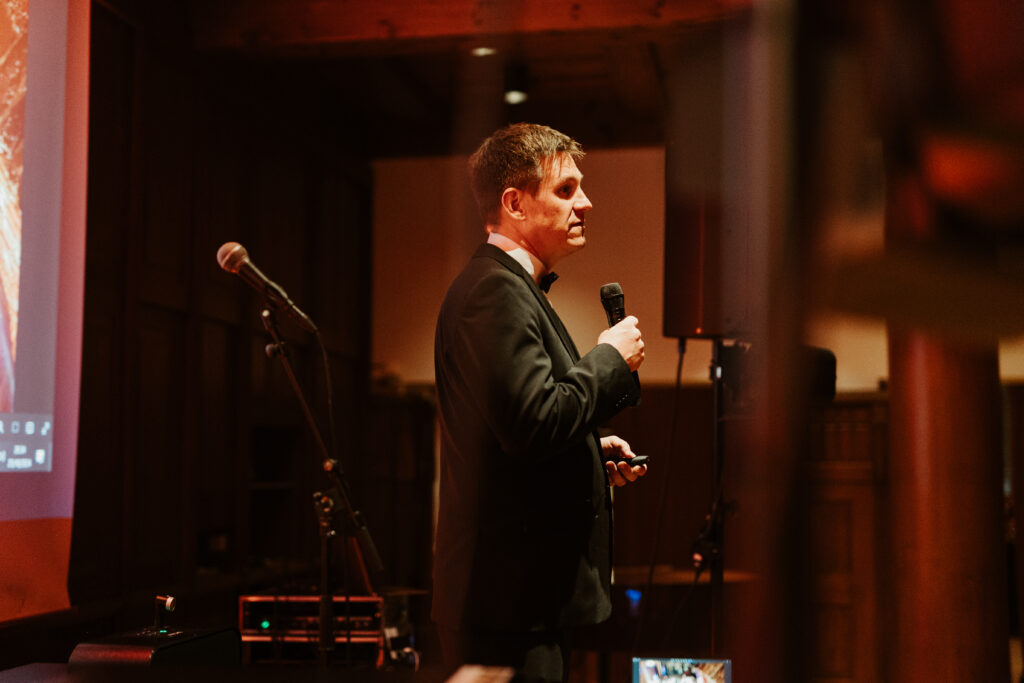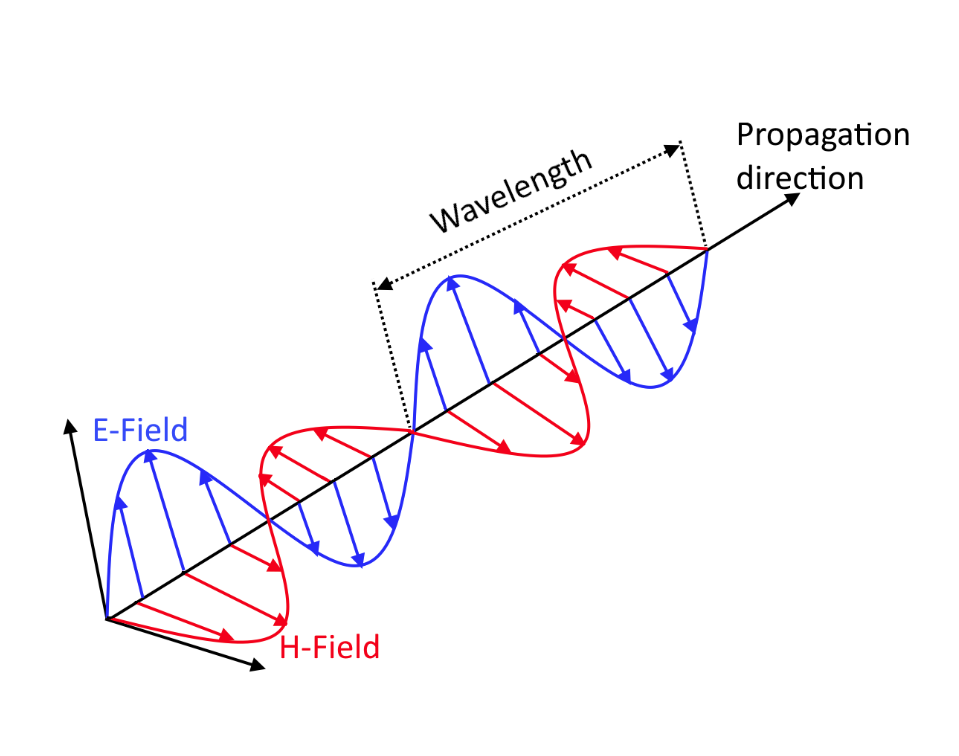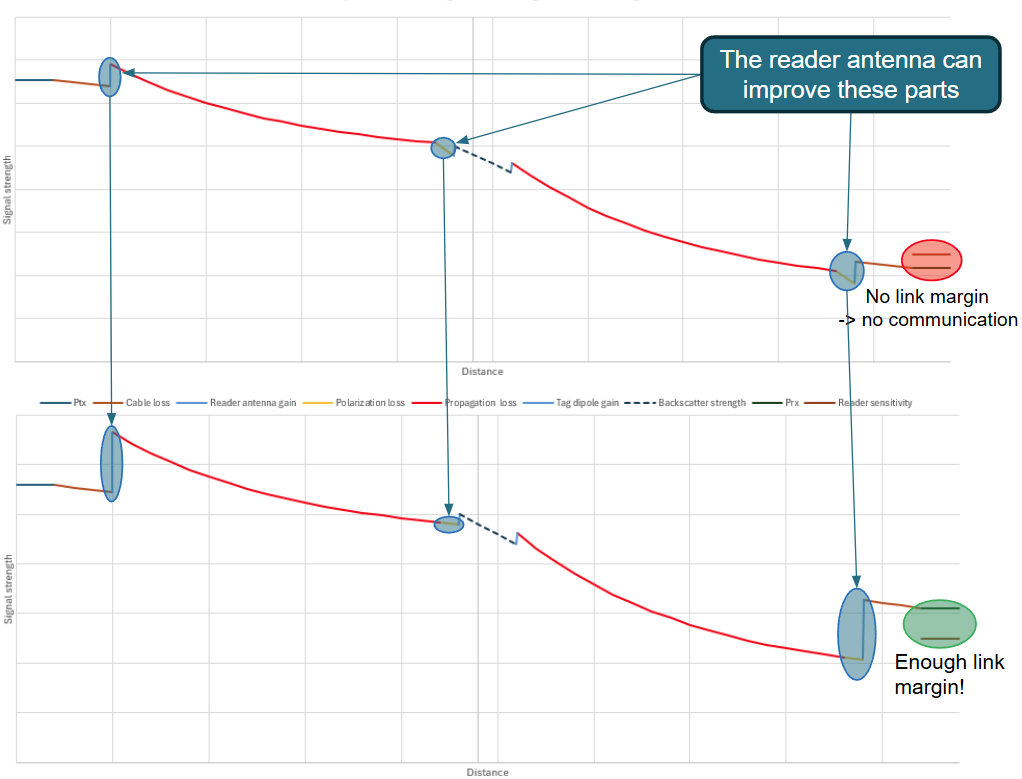Voyantic is celebrating 20 years of innovation and success this year, marking two decades since its founding. To commemorate this milestone, one of the company’s founders, Jukka Voutilainen, tells the story behind Voyantic’s growth, the challenges overcome, and the vision that has guided the company to where it stands today.
In 2004, two researchers, Jukka Voutilainen and Juho Partanen, had an idea that would change their lives and the field of RFID technology. Working at Helsinki University of Technology (now Aalto University), the researchers discussed smart packaging and RF sensors when a spontaneous coffee table conversation sparked the idea for a system supporting RFID tag development.
“We came up with the idea of starting a company over coffee in 2004. Coming from a research background, I found it relatively easy to decide to start the company. I thought the worst that could happen was that I’d learn a lot in the process,” Jukka recalls smiling.

Early Challenges and Strategic Shifts
In the early stages, challenges emerged quickly, and many issues needed to be solved before the company could take off.
“We thought the first challenge would be securing funding to get things started, but it turned out that clarifying the business idea was the most important task,” Jukka remembers.
Jukka and Juho focused on crystallizing their business idea, and the hard work paid off: They secured funding from Business Finland, which was a crucial step in starting a new company.
The first years at Voyantic were full of learning and strategic shifts. One of the most significant turning points came in 2008-2009 when the company experienced a eureka moment and began to broaden its product offerings to larger markets.
“Initially, our devices were intended for engineers and RFID tag developers, but we realized that the market for production testing was much larger. Indeed, production testing makes the most of our business today,” Jukka explains.
“I thought the worst that could happen was that I’d learn a lot in the process.”

Leadership Lessons and Giving Up on Control
One of the most crucial lessons was understanding that a company needs different types of expertise at various stages. Jukka says understanding this was essential for the company’s growth and thriving.
“New types of expertise are continuously needed as the company grows. Leadership and the organization need to be renewed, and we’ve been successful in finding new roles for people within the company,” he explains.
Jukka emphasizes that a leader must recognize when organizational changes are needed and be ready to make them, even if challenging. He admits that it never becomes easy; making changes is still as challenging as it used to be in the company’s early stages. Nevertheless, it needs to be done.
“Often, in hindsight, it seems obvious that a certain change was necessary, but at the moment, it can feel difficult,” Jukka says.
However, it wasn’t the only important lesson Jukka learned as a CEO. Reflecting on his learning experiences, Jukka shares that he initially felt a strong need for control.
“At first, control felt extremely important, but over time, I’ve learned to delegate more responsibility to people. Micromanaging is not the path to a successful outcome. Finding the right people and giving them responsibility is key to success,” he notes.
This shift in mindset has helped Jukka grow as a leader and focus on strategic core areas like fostering company culture and ensuring strong leadership throughout the organization.
“Micromanaging is not the path to a successful outcome. Finding the right people and giving them responsibility is key to success.”
A Culture of Customer Care
According to Jukka, the company’s success is rooted in its team and commitment to customer care. Without these two elements, the company wouldn’t be one of the industry’s frontrunners.
“We have a strong culture of always looking after our customers. This is critical, especially in an industry where everyone knows everyone,” he highlights.
This team and customer-centric approach has been a distinguishing factor for Voyantic in the competitive landscape. One of Jukka’s most memorable moments was when the company was recognized as one of the top workplaces in Finland for small businesses.
“Developing company culture has been a passion of mine for a long time, and this achievement was significant to me,” Jukka shares proudly.
Looking ahead, Jukka envisions exciting prospects on the horizon. The merger with a leading American company has opened the door to even greater possibilities.
“We are now part of the American company Impinj, which brings us many opportunities. We’re just at the beginning of where this industry is heading, and we are in a prime position to be part of it,” he concludes.





